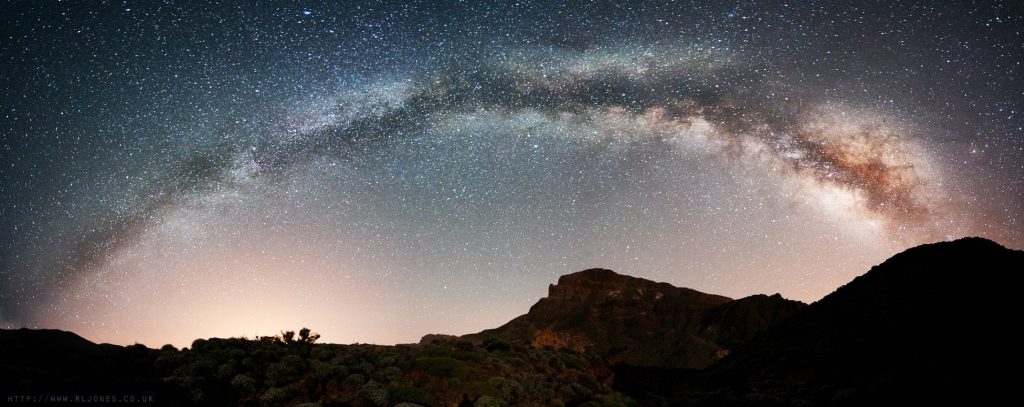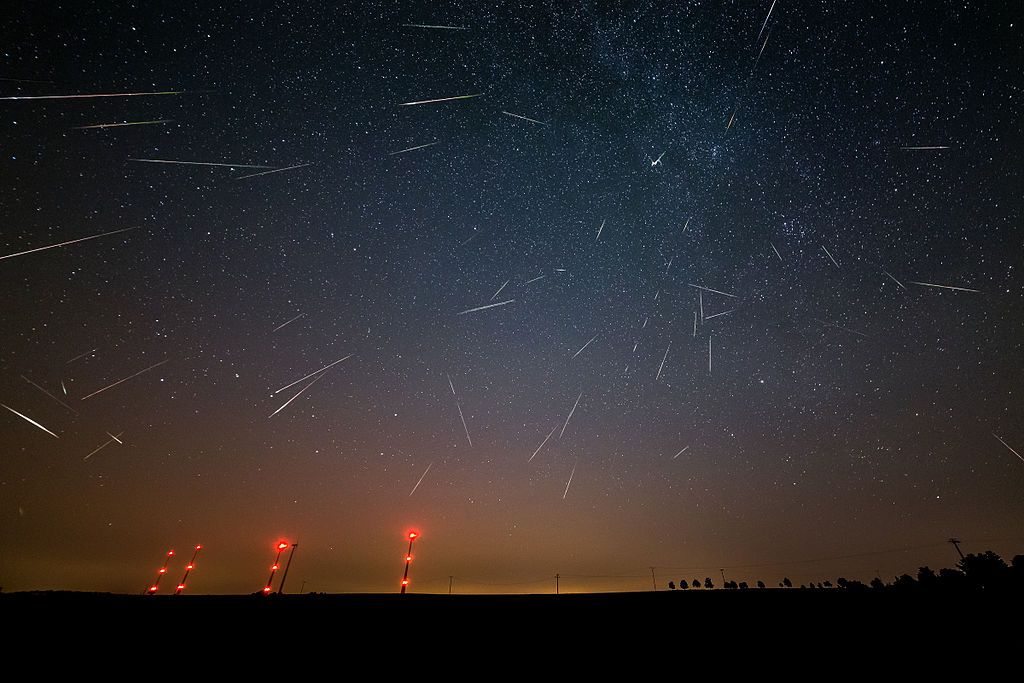
At the end of The Inferno, set in the year 1300, Dante and his guide Virgil escape from Hell climbing upward to reach the Earth. They’ve almost emerged when Dante looks through the opening ahead and sees the heavens above.
… we climbed up, he first and I behind him,
— The Inferno by Dante Alighieri, translation by Robert & Jean Hollander
far enough to see, through a round opening,
a few of those fair things the heavens bear.
Then we came forth, to see again the stars.
The heavens are still wondrous but most of us miss it. So much electric light floods the sky that we cannot see the stars. No Milky Way (above), no meteor showers (below).

This 7-minute video gives a glimpse of what we’re missing.
To see the stars as Dante saw them we have to visit remote locations where the sky is dark. Click on the Milky Way photo at Tenerife (top) to see the sky in full screen splendor.
“Then we came forth, to see again the stars.”
p.s. This week we learned of an unexpected threat to viewing the stars: Thousands of tiny new satellites, launched by Elon Musk’s SpaceX, will obscure and confuse the astronomers’ view.
p.p.s. Stelle, meaning stars, is literally the last word in each of the three cantiche of Dante’s Divine Comedy: Inferno, Purgatorio and Paradiso.
(photos from Carl Jones on Flickr and Wikimedia Commons; click on the captions to see the originals. video by Peaceful Cuisine on YouTube)